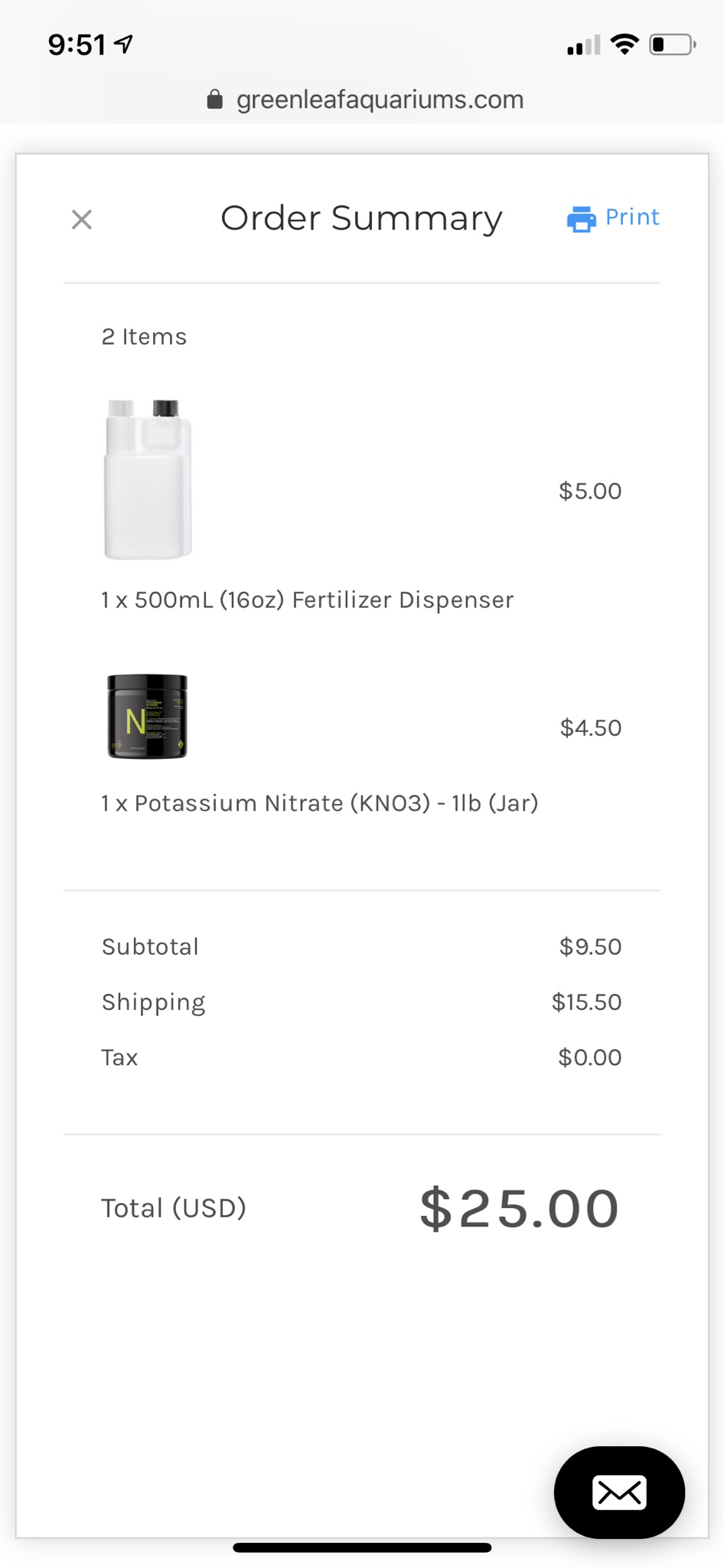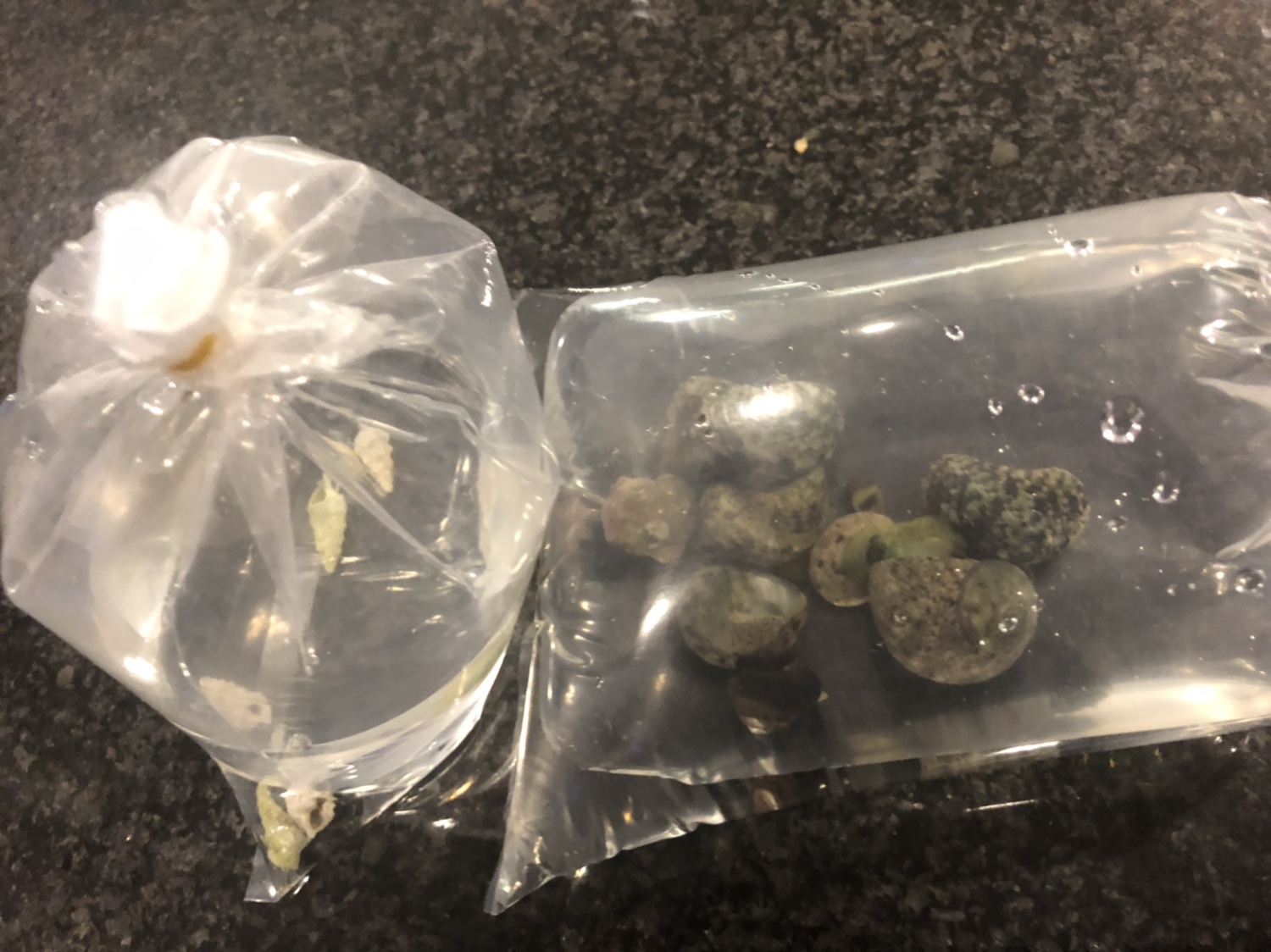- Joined
- Dec 28, 2016
- Messages
- 22,829
- Reaction score
- 21,964
IMO - you accomplished the goalMy wish with this article was to show an easy way of starting up and stabilize the biological system. IMO – the first 3 to 4 months it is important to have the system up and running in a stable way. After this period and if the system demands it you can use different type of biological manipulations. Ozon, UV-C, oxidators; GFO, active carbon and other tricks can be handy to use. Because I do not use QT – it is handy to have access to something that can help you minimize pathogen pressure – I use an oxidator for that. I do not do any WC – the oxydator help me to control yellowing substances. I use a skimmer in order to aerate my water – sometimes I run it without using the skimmer cup – sometimes I use the skimmer cup. I use GFO sometimes and a small biofilter. This type of equipment are tools – nothing else. Because I have an interest to do experiments and want to control my aquarium – a computer is a handy thing to have. But necessary – No
Sincerely Lasse




















